Never Pressure Wash Again: The Game-Changing Technique for Spotless Siding
Never Pressure Wash Again: The Game-Changing Technique for Spotless Siding
When it comes to keeping our homes looking fresh and clean, we often overlook one crucial aspect—the siding. I've been there, staring at my grimy vinyl siding, wondering how to tackle the dirt and grime. That's when I stumbled upon the age-old debate: soft washing vs. pressure washing siding. It's a conundrum that many homeowners face, and I'm here to share what I've learned through my own experiences.Never pressure wash again,the game-changing technique for spotless siding.
We'll dive into the nitty-gritty of both methods, exploring everything from PSI and GPM to cleaning solutions and dwell time. I'll walk you through the pros and cons of soft wash techniques and pressure washing, and we'll even touch on some environmental considerations. Additionally, we'll discuss the cost considerations of both methods, including equipment, cleaning solutions, and potential long-term savings. By the end of this article, you'll clearly understand which method might work best for your home's exterior. Trust me, we've got you covered whether you're dealing with stubborn algae or general buildup.
Soft Washing Technique for Spotless Siding
I have to tell you, when I first heard about soft washing, I was skeptical. But after trying it on my vinyl siding, I'm a convert. Let me explain what I've learned about this gentle yet effective cleaning method.
Low-Pressure Application
Soft washing uses less pressure than traditional power washing – we're talking about 500 PSI or less. The first time I used a soft wash system, I was amazed at how it could clean without the risk of damaging my siding. The setup is simple: a 12-volt pump connected to a chemical tank and a hose. Some folks use a regular pressure washer with an inductor, which lets you softwash with a standard pressure washing line.
Chemical Cleaning Agents
Now, here's where the magic happens. Soft washing relies on specialized cleaning solutions to do the heavy lifting. The go-to chemical is usually a mix of professional-grade sodium hypochlorite (fancy talk for bleach) and water. I've found that a 1% solution is usually enough to kick mold and mildew to the curb without harming plants or animals.
But here's a pro tip: add some surfactants to your mix. These bad boys help the solution stay longer and get into all the nooks and crannies. I use a concentrated surfactant – a tiny bit goes a long way and saves me some cash.
Dwell Time and Rinsing
Patience is key with soft washing. You have to give the cleaning solution time to work its magic. I usually let it sit for about 10-15 minutes, depending on how grimy the siding is. This dwell time is crucial for killing organic gunk like algae and mold.
After the wait, it's rinse time. I use water at low pressure to wash away all the cleaning agents. It's essential to be thorough here to avoid any residue left behind.
One last thing – if you're worried about your plants, use a neutralizer after rinsing. It'll protect your greenery and give you peace of mind. Trust me, your garden will thank you!
Pressure Washing Technique for Spotless Siding
Let me tell you, when I first tried pressure washing my siding, I was like a kid with a new toy. But boy, did I learn some lessons the hard way! Here's what I've figured out about this powerful cleaning method.
High-Pressure Application
I remember thinking, “More pressure means cleaner siding, right?” Wrong! I quickly learned that too much pressure can do more harm than good. A pressure range of 1300 to 1600 PSI is plenty for most residential siding. I start low and gradually increase if needed. It's all about finding that sweet spot where the dirt comes off, but your siding stays intact.
Nozzle Types and Usage technique for spotless siding
Choosing the proper nozzle is crucial. Trust me; I've mistakenly used a pinpoint spray-on vinyl siding—not pretty! Now, I stick to wider-angle nozzles, usually 40 or 65 degrees. They spread the water out, reducing the risk of damage. I've found the green 25° nozzle to be my go-to for most siding jobs. It's versatile enough to clean effectively without being too harsh. Understanding the right nozzle for the job is a key part of mastering pressure washing.
Technique and Precautions
Here's a pro tip: always keep the nozzle moving in smooth, overlapping strokes. I learned this after leaving a nasty streak on my neighbor's house (sorry, Dave!). Start from the bottom and work your way up to prevent streaking. And remember, distance is your friend. I keep the wand about 6 to 12 inches away from the siding.
Safety first, folks! I always gear up with goggles, gloves, and non-slip shoes. Once, I skipped the goggles and got a face full of debris – not fun! Also, be mindful of your surroundings. Keep kids and pets inside, and watch out for electrical outlets. Oh, and never use a pressure washer while on a ladder. I tried that once and nearly took an unplanned flying lesson! These precautions may seem like common sense, but they're crucial for a safe and successful cleaning session.
Environmental Considerations and technique for spotless siding
When it comes to cleaning our homes, I've learned that it's not just about sparkling things clean – we have to think about Mother Nature, too. Let me share some insights I've gained about the environmental impact of soft washing and pressure washing.
Water Usage
I remember the first time I used a pressure washer—I was shocked at how much water it guzzled! A standard pressure washing session can use several gallons per minute. That adds up fast, especially in areas with water shortages. I've since learned that soft washing is kinder to our water resources. It uses less pressure and relies more on cleaning solutions to do the heavy lifting. This not only saves water but also reduces the risk of chemical runoff, making it a more eco-friendly option.
Chemical Runoff
Speaking of cleaning solutions, this is where things can get tricky. I once made the mistake of using harsh chemicals, and boy, did my garden suffer! Now, I'm all about eco-friendly options. Soft washing typically uses biodegradable detergents that break down naturally over time. These are less likely to harm aquatic life if they end up in our waterways.
But here's a pro tip: always use neutralizers after cleaning. They help protect your plants and create a protective coating on your surfaces. It's a win-win!
Energy Consumption
Now, let's talk about power. Pressure washers can be real energy hogs. I learned this the hard way when I got my first electricity bill after a weekend of intense cleaning! Soft washing, however, uses less energy because it doesn't need as much pressure.
I've also started paying attention to the pump systems in cleaning equipment. Using an overrated pump wastes energy, which is becoming more critical as we move towards battery-powered systems. It's all about finding the balance between cleaning power and energy efficiency.
Conclusion
After carefully analyzing the soft washing and pressure washing techniques for siding, it's clear that both methods have their place in home maintenance. Soft washing has proven to be gentler on delicate surfaces, using specialized cleaning solutions to tackle organic growth without risking damage. On the other hand, pressure washing packs a powerful punch for tougher grime but requires careful handling to avoid harming the siding. The choice between the two often comes down to the specific needs of your home and the type of dirt you're dealing with.
When it comes to environmental impact, soft washing generally has the edge. It uses less water and energy, and with suitable eco-friendly cleaning agents, it can be kinder to your surrounding landscape. However, both methods can be more environmentally responsible with thoughtful practices like biodegradable detergents and proper runoff management. Ultimately, whether you choose soft washing or pressure washing, the key is approaching the task with care, knowledge, and respect for your home and the environment.
FAQs
- Should I choose soft washing or pressure washing for vinyl siding?
-
- For surfaces like vinyl, cedar shake, or wood panel siding, soft washing is the recommended method. These types of siding are prone to damage from the high-pressure water used in pressure washing. Soft washing effectively removes dirt, mold, and mildew without causing harm to the siding.
- What distinguishes soft washing from pressure washing?
-
- The primary difference lies in the pressure used in each method. Pressure washing utilizes high-pressure water streams to remove dirt and grime, whereas soft washing uses a low-pressure washer combined with cleaning solutions to cleanse surfaces gently and effectively.
- Is soft washing costlier than pressure washing?
-
- The cost of soft washing can be comparable to pressure washing, with both services potentially ranging from USD 450.00 to USD 850.00 for a two-story home. The specific cost for soft washing may vary based on several factors, including the type of siding and the house size.
- Why might soft washing be a better option than pressure washing?
-
- Soft washing is considered safer for cleaning surfaces because it uses low-pressure techniques and mild cleaning agents. This method prevents damage to surfaces while still thoroughly removing dirt and grime. Additionally, soft washing tends to provide longer-lasting cleanliness compared to pressure washing. Soft Washing vs Pressure Washing Siding: Which is Best?
When it comes to keeping our homes looking fresh and clean, we often overlook one crucial aspect—the siding. I've been there, staring at my grimy vinyl siding, wondering how to tackle the dirt and grime. That's when I stumbled upon the age-old debate: soft washing vs. pressure washing siding. It's a conundrum that many homeowners face, and I'm here to share what I've learned through my own experiences.
We'll dive into the nitty-gritty of both methods, exploring everything from PSI and GPM to cleaning solutions and dwell time. I'll walk you through the pros and cons of soft wash techniques and pressure washing, and we'll even touch on some environmental considerations. By the end of this article, you'll clearly understand which method might work best for your home's exterior. Trust me, we've got you covered whether you're dealing with stubborn algae or just general buildup.



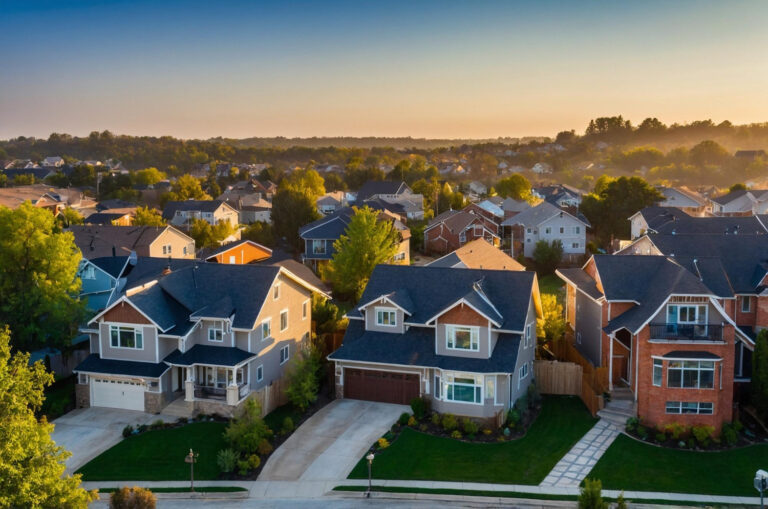
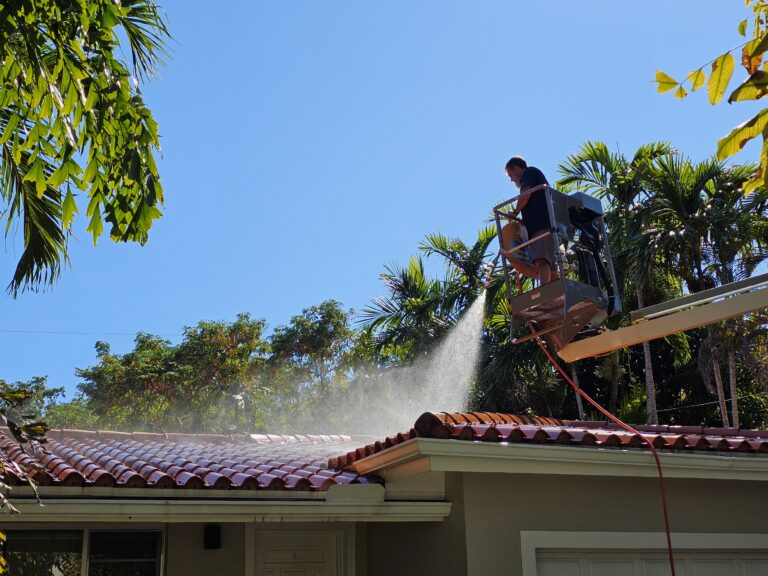
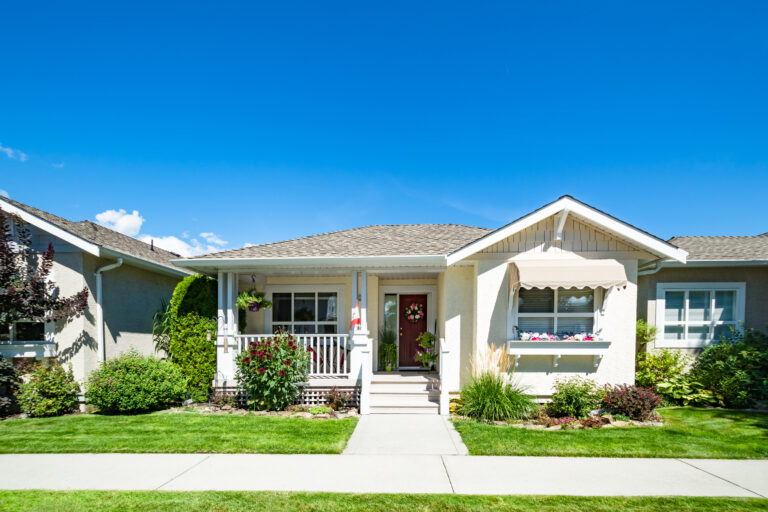
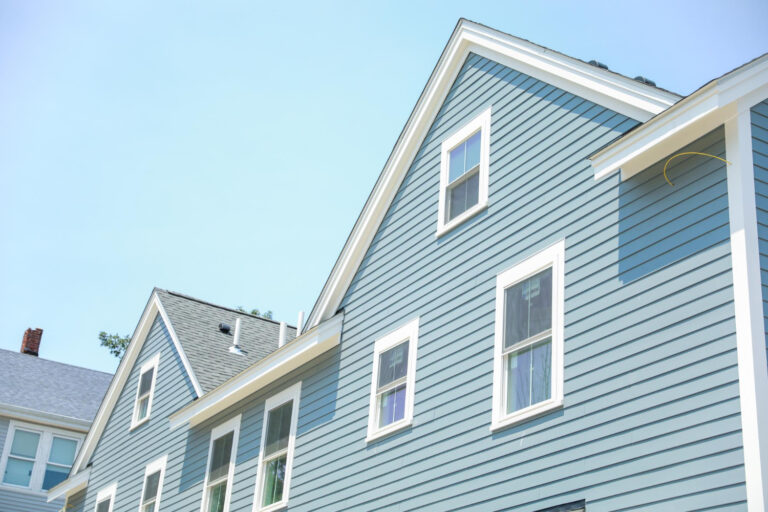
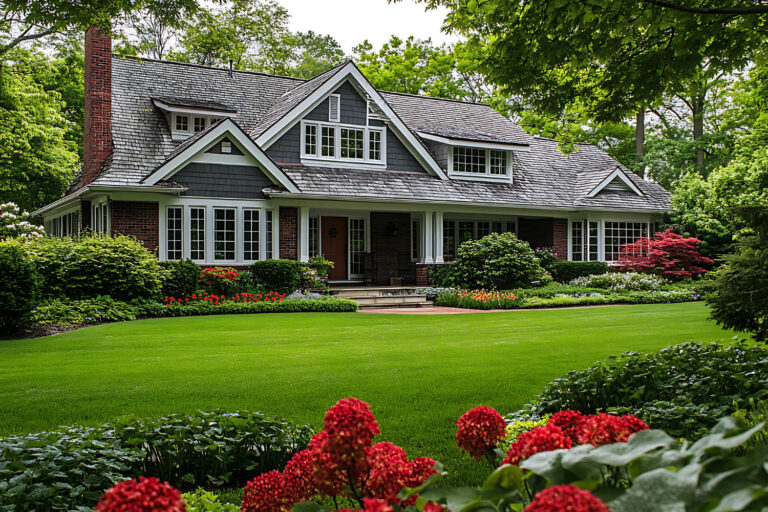

One Comment
Comments are closed.